slip sheets vs pallets
A slip sheet is a thin, flat sheet (typically made of cardboard, plastic, or fiberboard) used in logistics and warehousing as a lightweight alternative to traditional pallets. It is placed beneath a stack of goods (like boxes, bags, or drums) to allow forklifts with push-pull attachments to move the load without a pallet.
Key Features of a Slip Sheet
Material Options:
Kraft Paper: Cheap, disposable (best for one-way shipments).
Plastic (HDPE): Durable, reusable, water-resistant.
Corrugated Fiberboard: Balances strength and recyclability.
Design:
Has an extended lip (1-3 inches) for forklift clamps to grip.
Some include anti-slip coatings or edge guards for stability.
Thickness:
Ranges from 0.5mm (paper) to 2mm (plastic)—much thinner than pallets.
How Slip Sheets Work
Step 1: The slip sheet is placed under a stacked load.
Step 2: A forklift with a push-pull attachment clamps the lip and drags the load (instead of lifting).
Step 3: The load is moved into trucks/containers, maximizing space.
Why Use Slip Sheets?
✅ Cost Savings – Cheaper than pallets, no return logistics.
✅ Space Efficiency – Fits 5-10% more goods in containers (no pallet height).
✅ Eco-Friendly – Recyclable, reduces wood/plastic waste.
✅ Hygienic – No pest risks (unlike wooden pallets).
Common Uses: Food, pharmaceuticals, retail, and export-heavy industries.
Slip Sheet vs. Pallet
| Factor | Slip Sheet | Pallet |
|---|---|---|
| Thickness | 0.5–2mm | 100–150mm |
| Cost | 5 per sheet | 50 per pallet |
| Reusability | Disposable or reusable | Reusable but heavy |
| Equipment | Needs push-pull forklift | Works with any forklift |
Example: A beverage company uses plastic slip sheets to ship cans—saving $20,000/year in pallet costs and fitting 8% more products per truckload.
Need help choosing the right slip sheet? Ask about material options for your industry!
Here’s a concise comparison of slip sheets vs. pallets in table format, highlighting key differences for logistics and supply chain decisions:
Slip Sheets vs. Pallets: Key Differences
| Feature | Slip Sheets | Pallets |
|---|---|---|
| Material | Cardboard, plastic, or fiberboard (0.5–2mm thick) | Wood, plastic, or metal (100–150mm thick) |
| Cost | 5 per unit (disposable/reusable) | 50+ per unit (reusable) |
| Space Savings | ✅ 5–10% more cargo per container (no height loss) | ❌ Takes up space (height/weight) |
| Weight | 0.2–1 kg (lightweight) | 15–30 kg (adds freight cost) |
| Equipment Needed | Requires push-pull forklift attachment | Works with standard forklifts |
| Durability | Single-use (paper) or reusable (plastic) | Reusable but degrades over time |
| Hygiene | ✅ No pest risks (ISPM 15 exempt) | ❌ Wood pallets may harbor pests |
| Load Stability | Needs stretch wrap/edge guards | Naturally stable (no extra securing) |
| Best For | High-volume, lightweight goods (e.g., boxes, bags) | Heavy, irregular, or fragile loads |
When to Choose Slip Sheets
Export/one-way shipments: Save on pallet return costs.
Space-sensitive cargo: Maximize container/truck capacity.
Food/pharma: Avoid contamination risks from wooden pallets.
When to Stick with Pallets
Heavy machinery/industrial goods: Need structural support.
No specialized forklifts: Standard pallet jacks/forklifts only.
Long-term storage: Pallets withstand stacking better.
Example Scenario
A beverage company switching from pallets to plastic slip sheets:
Saved 12% shipping costs (lighter weight + more cans per truck).
Eliminated pallet disposal fees.
Required a $5,000 forklift attachment upgrade.
Final Tip: Test slip sheets with a small batch before full adoption. They excel in cost-sensitive, high-volume shipping but aren’t ideal for all loads.
Need help calculating ROI for your business? Ask for a case study!

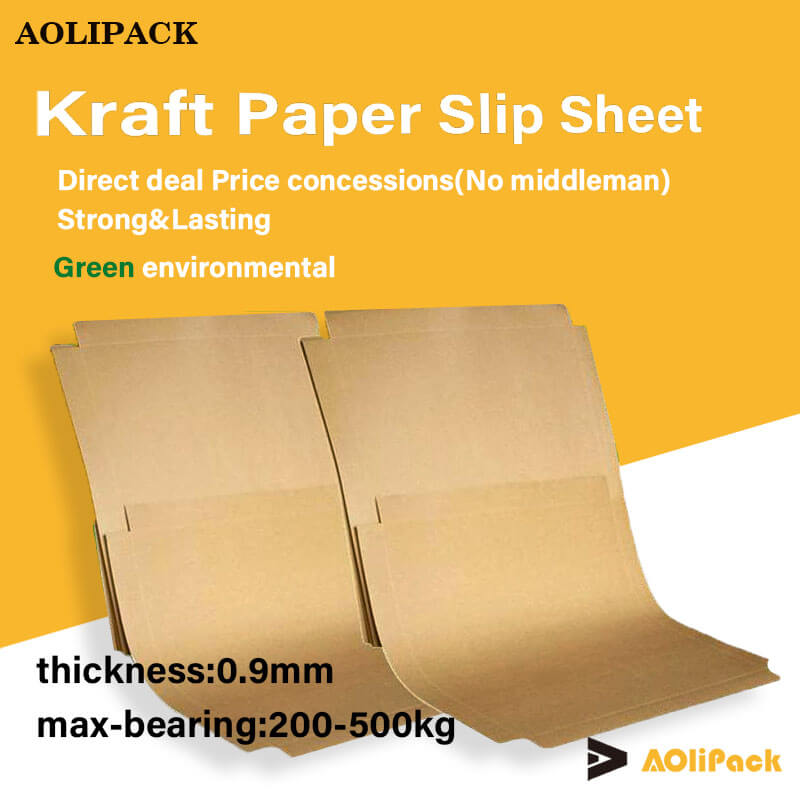
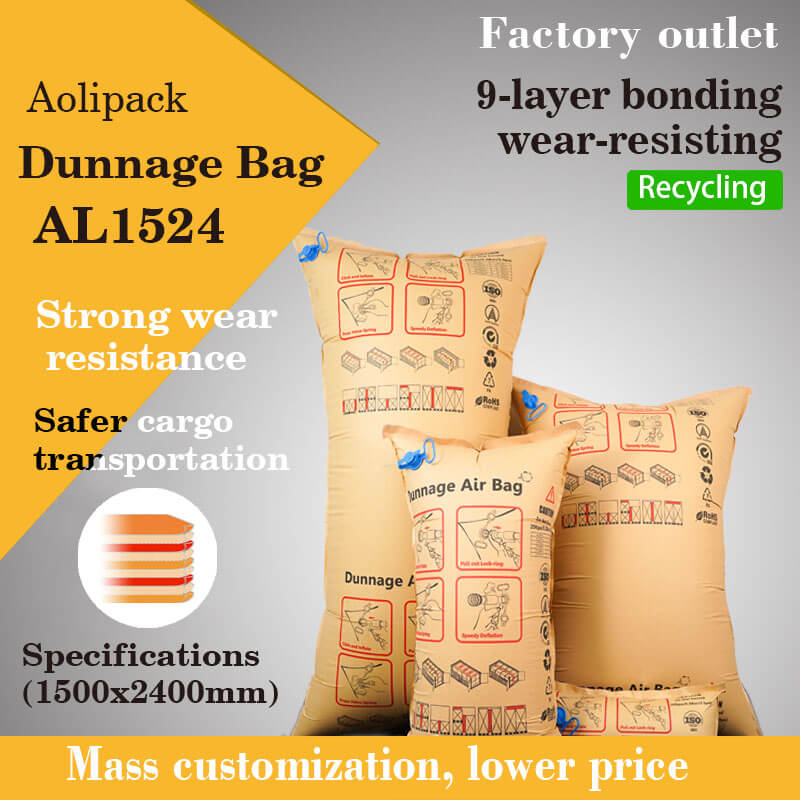
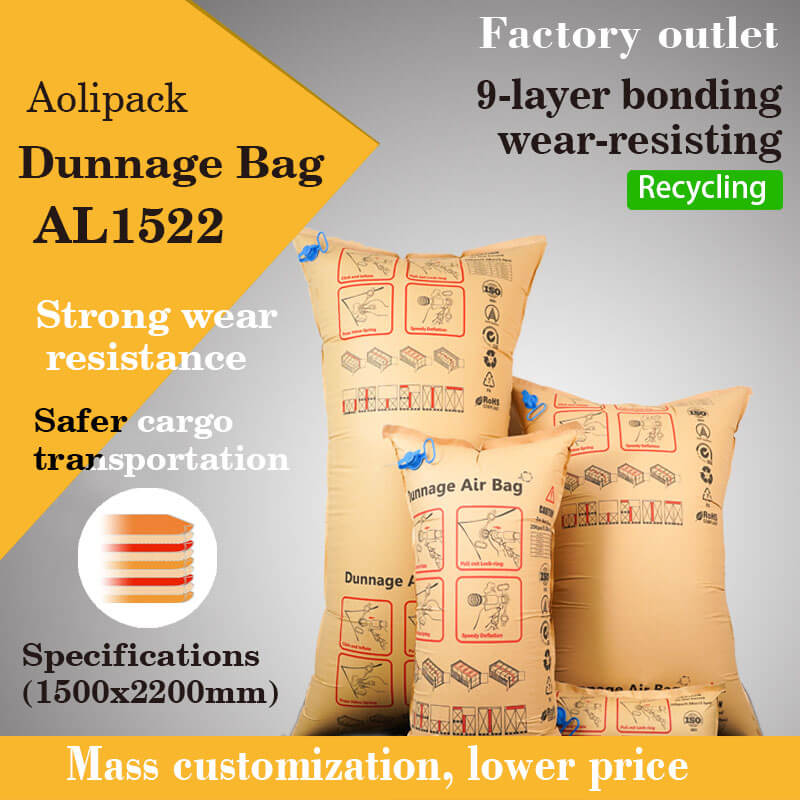
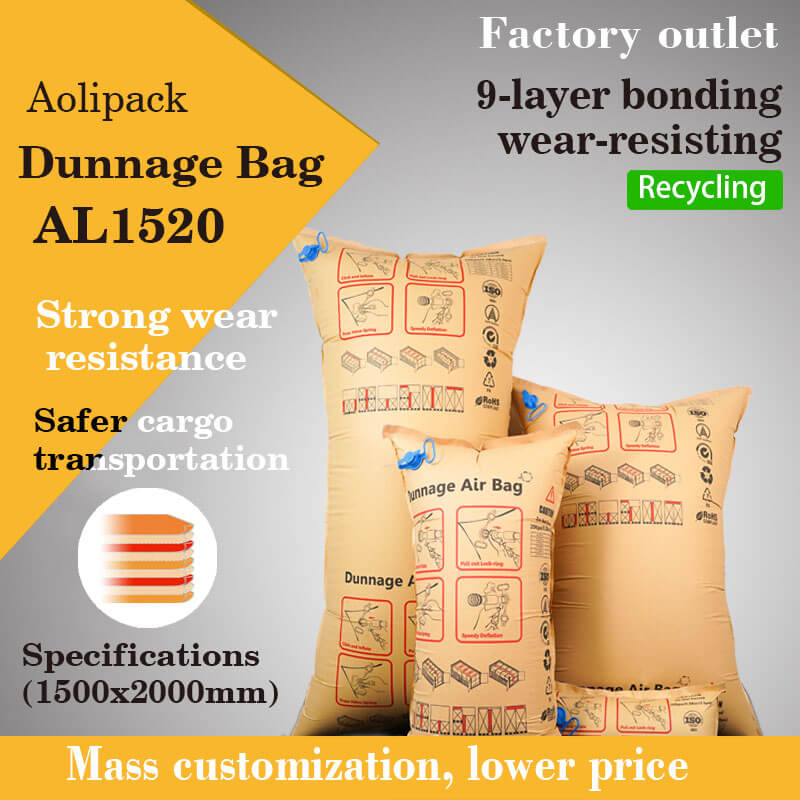
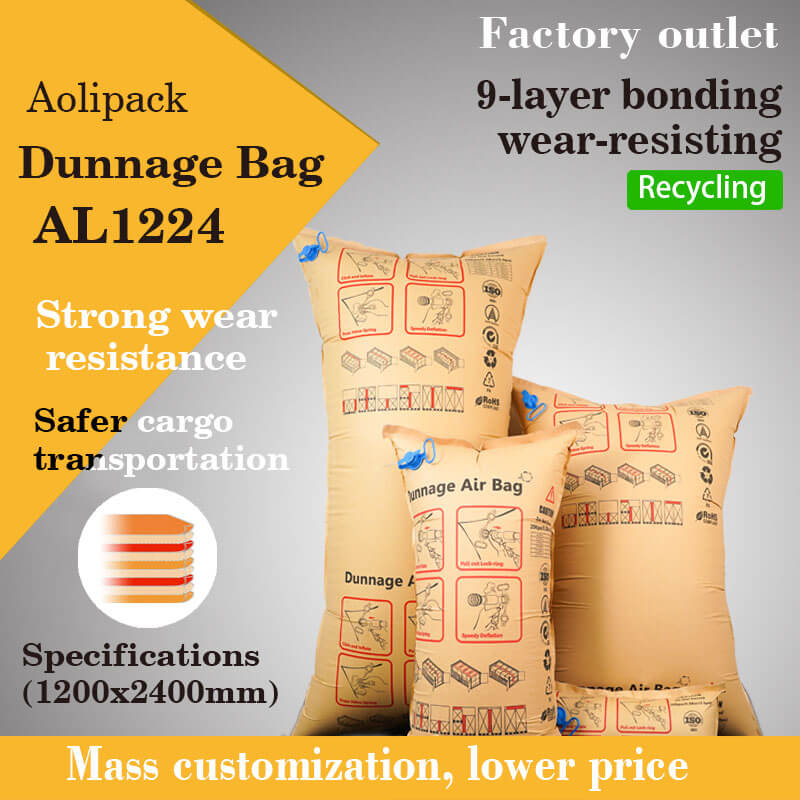

 wechat consulting
wechat consulting